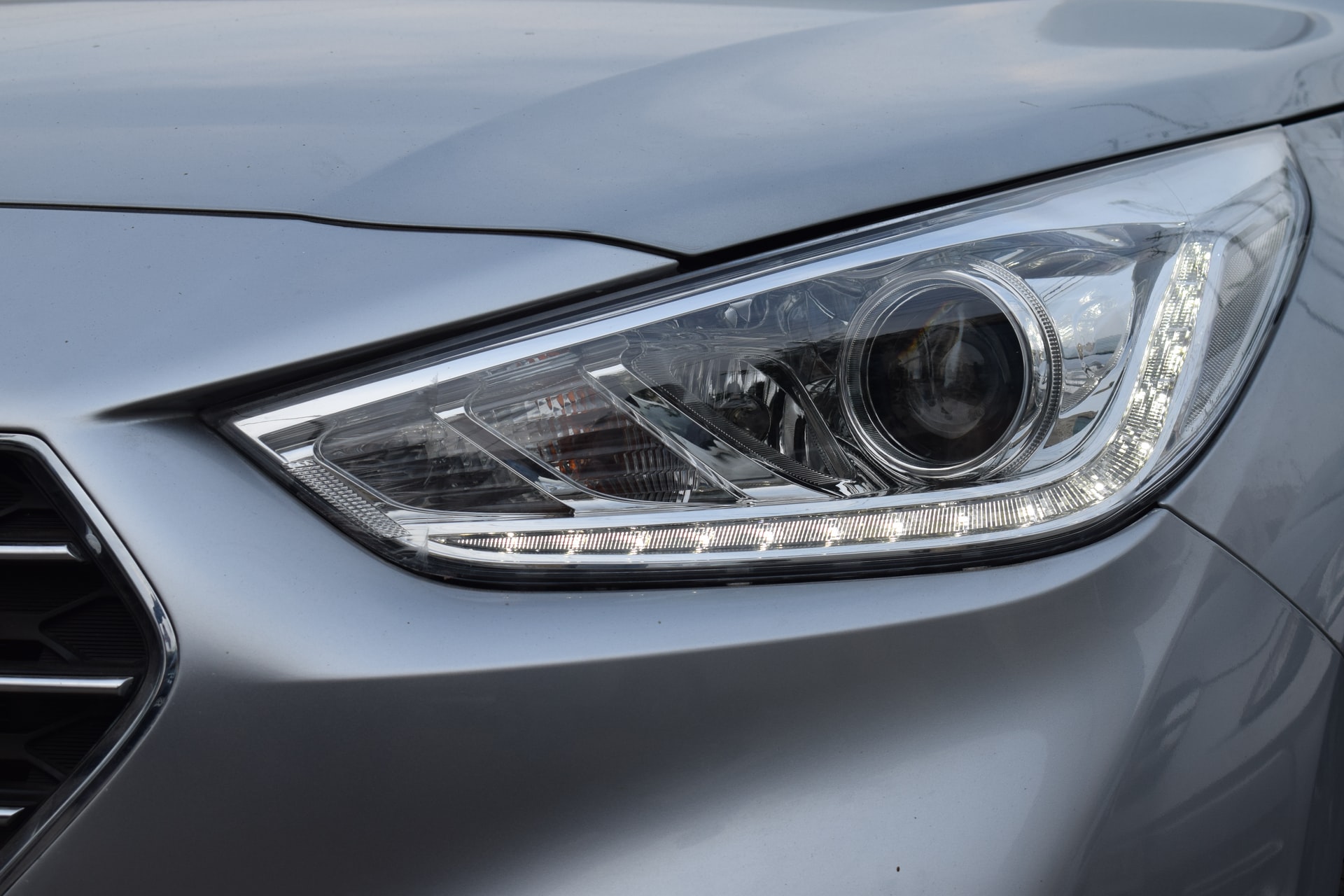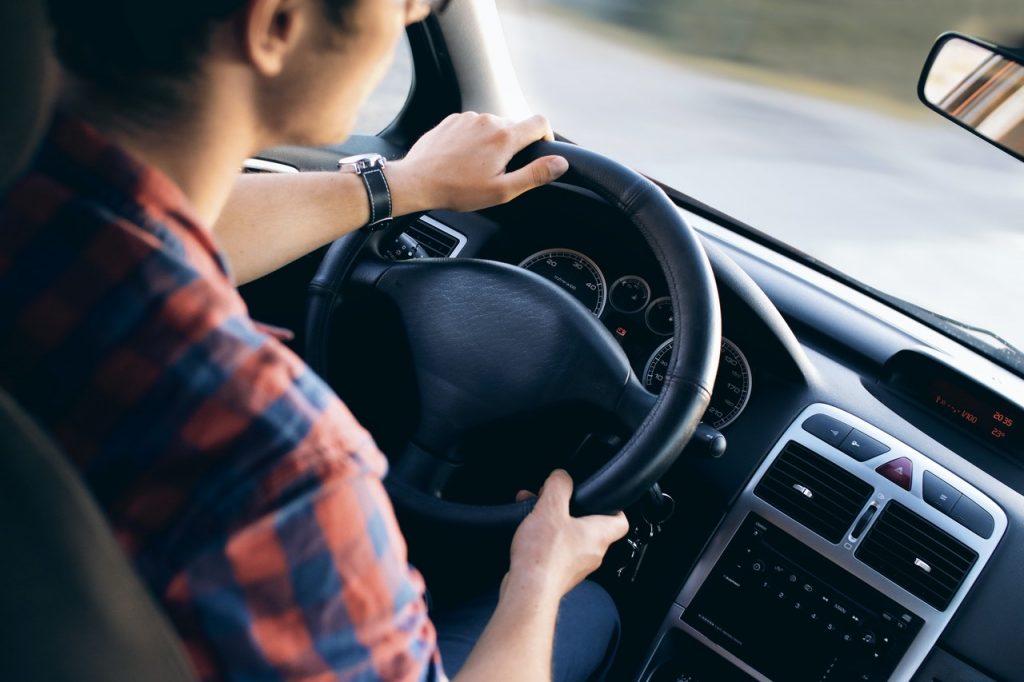
Even if there is no single ideal city car, it is good to look for features which will bring it closer to this ideal. Low fuel consumption, compact dimensions, maybe low emission level? Here is a discussion of the most often mentioned parameters that make a city car practical.
Town cars are a typically European invention. They are adapted to the rhythm of life in big cities with narrow streets and continuous shortage of parking spaces. At the same time they are used to commute to work, which is usually located at the other end of the city. They do not have to be as strong and powerful as American SUVs. When we think about them, in our imagination we see the immortal Mini Cooper speeding through the streets of Paris or Rome. Although in recent months sales of these cars have fallen in favor of the growing segment of SUVs, many people still opt for small city cars
A city car should be new first and foremost. This is a higher expense at the start, but it will pay off in lower operating and maintenance costs. It is worth to be guided by opinions concerning reliability of particular cars – e.g. customer satisfaction survey conducted by German institute J.D. Power can be very helpful.
Manufacturers of high quality cars are not afraid to give a fairly long warranty period. It is worth paying attention not only to its duration, but also the terms of loss, the possibility of buying the so-called “extended warranty” or warranty
A city car has to be, above all, cheap. Unfortunately, it often happens that the basic version, although cheap, is also extremely poor. Additionally, Poles are more and more willing to choose cheap SUVs, such as Dacia Duster, which can be purchased at comparable prices to city cars. Cheap cars in the segment in question are:
A city car will very often have to stand in traffic jams. Until recently, cars with gas installation were considered to be the peak of savings in such conditions. Currently, more expensive hybrid engines, which allow lower fuel consumption e.g. while standing in traffic jams, are gaining popularity.

Modern safety systems supported by innovative technologies should also be present in the equipment of city cars. Automated braking assistance when a pedestrian or another vehicle is detected is a very valuable capability that should be taken into account. Other important technologies include dusk and rain sensors and lane keep assist.
This element of evaluating a car is a bit more complicated. A comfortable city car is one that is spacious, but also small in size. It’s also good for it to be easy to drive
Congestion and narrow parking lots make small car size a price to pay. We are talking mainly about the A segment, that is the smallest cars up to 3.5 m long. Currently there is a tendency to expand cars considered to be urban. It is worth adding that such a car must also be maneuverable
It is the comfort that is behind the fact that city cars are getting bigger and bigger also when it comes to interior dimensions. It is important not only to have a spacious cabin, but also sufficient space in the trunk. This should allow a family of three or four to do a week’s worth of shopping. Here, however, you should rather lean towards choosing a car from the B segment. Especially large engines have, for example, the Seat Ibiza (355 l), Skoda Fabia (330 l), or Hyundai i20 (326 l)
This is one of the solutions recommended especially by people who spend a lot of time on the road in the city. Cab drivers, among others, praise it
There’s no denying that a stylish design is also important when it comes to city cars. This is especially important for ladies who choose city cars. Examples of beautiful city cars? Of course Mini Cooper, Fiat 500 or Citroen DS 3.
photo: Dhruv Singh/Unsplash